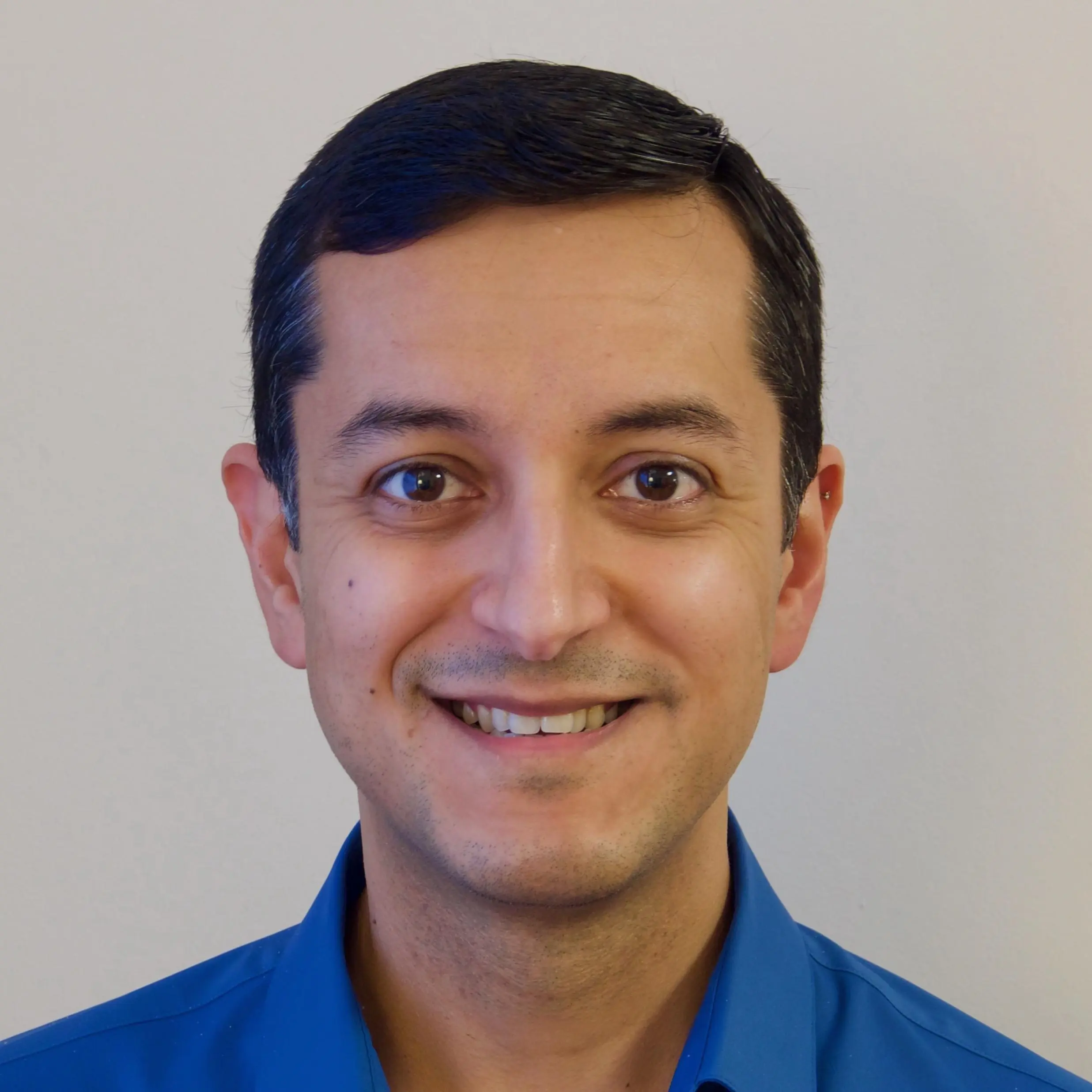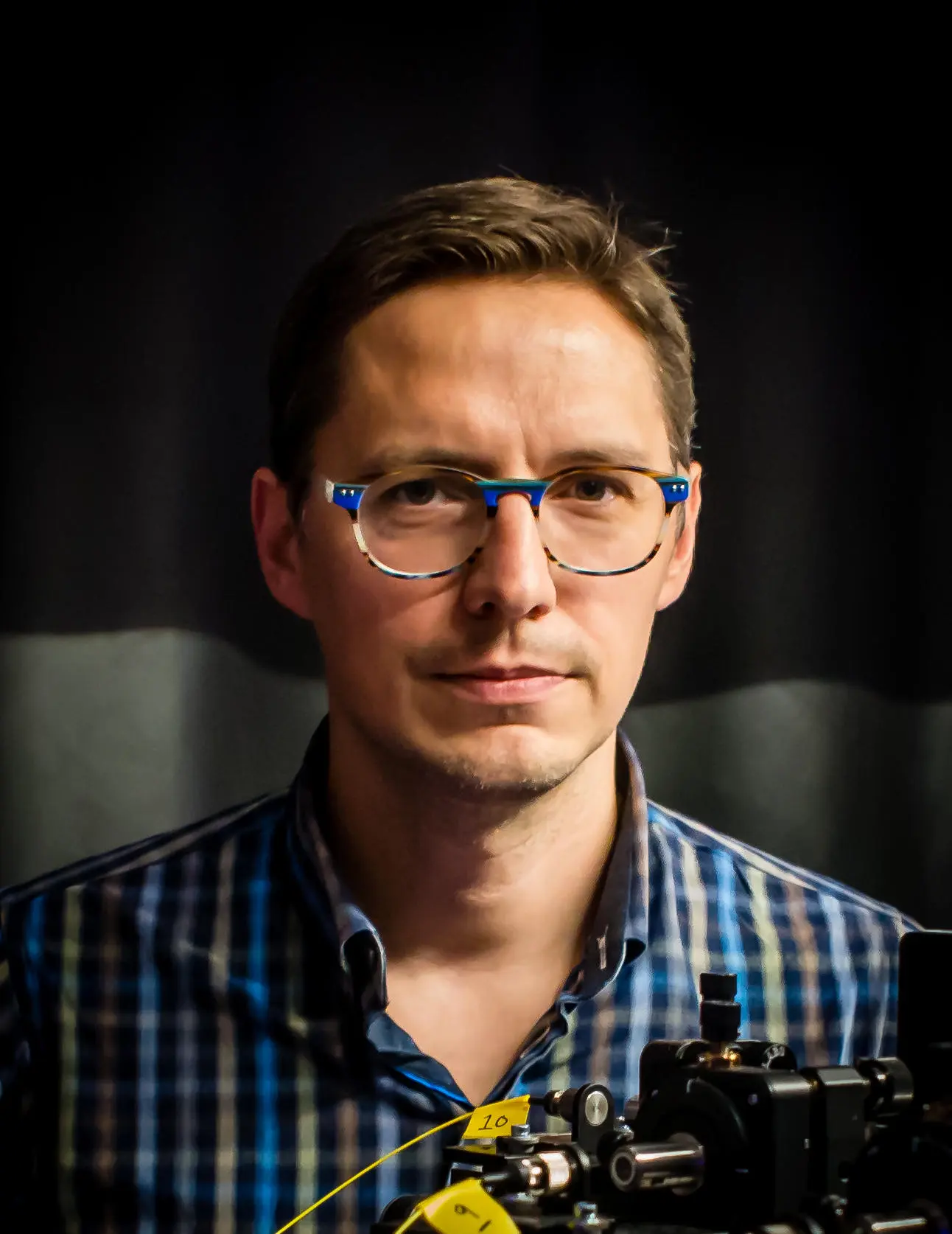Common Misconceptions on Quantum Mechanics
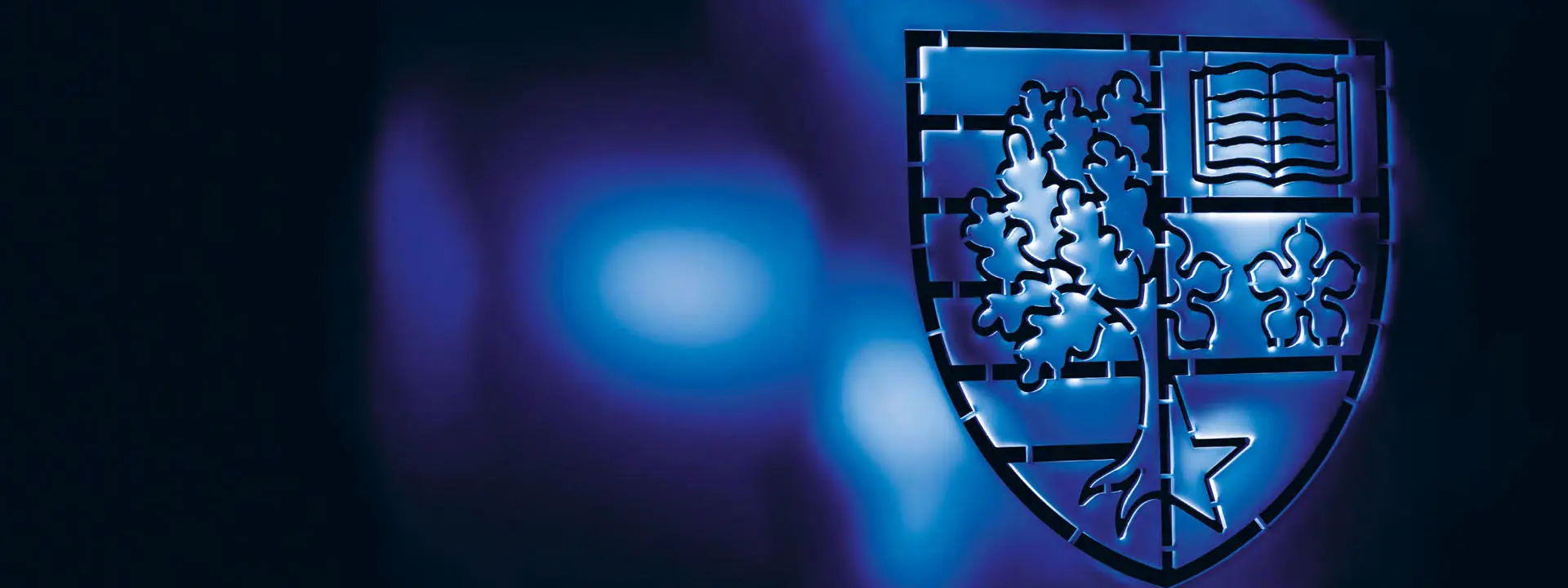
The 2022 Nobel prize in physics was jointly awarded to Alain Aspect, John Clauser and Anton Zeilinger, for their research with entangled photons, the violation of Bell inequalities, and pioneering quantum information science. The resulting media coverage was full of common misconceptions that result from simplifications of quantum concepts such as entanglement. Alessandro Fedrizzi and Mehul Malik have picked their top misconceptions and attempt to clarify them here.
A cat can be both dead and alive
It's unlikely that Schrödinger could have predicted his thought experiment involving a cat in a box, simultaneously in a state of being dead and alive, would attain internet meme status in the 21st century. This much-shared example of a quantum superposition is the first common misconception we'd like to address. So, does QM say that a cat can be simultaneously dead and alive? To answer this question, we first need to understand what ‘simultaneous' means here. At the heart of this matter lies the concept of quantum coherence: for a quantum object to simultaneously be in two states, it must be in a coherent superposition of the two. This is easy to understand for a particle of light - a photon - going through a double slit. If conditions are right, the possibilities of the photon going through either slit coherently add (or subtract), resulting in an interference pattern.
Scientists have been trying to create larger and larger quantum superpositions, with one famous experiment by Anton Zeilinger in 1999 demonstrating double slit interference with Carbon-60 molecules, or so-called ‘Buckyballs.' At the scale of a cat, however, the concept of coherence becomes rather complicated, as a cat is nothing like an individual photon in a controlled lab environment. The rather large number of processes that are involved in a cat being either alive or dead, are unlikely to allow the rather large number of atoms that make up the cat, to be coherent with each other. This does not mean that quantum coherence is impossible in messy biological systems. However, when talking about Schrödinger's cat, it is important to remember that at best, it serves as a metaphor for quantum superposition.
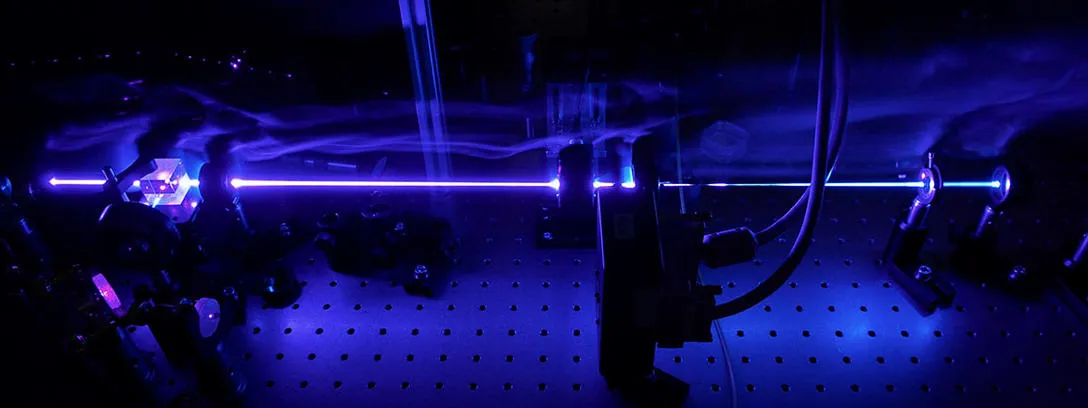
Entanglement is like… [insert your favourite misleading analogy]
Trying to explain entanglement with everyday objects inevitably falls short. Explanations using entangled dice, cards drawn from a deck, or perhaps even pairs of odd-colored socks can, due to their classical nature, not capture the essence of quantum entanglement, instead entrenching common misconceptions.
Schrödinger's cat allows us to explore this idea a bit further. Imagine that a pair of Schrödinger's cats are in an entangled state (A1A2+D1D2). If box 1 is opened and the cat is found to be alive (A1), we know instantaneously that the cat in box 2 must also be alive (A2). While this correlation does hint at the presence of entanglement, it is no different from what we would see if both boxes contained cats that were already dead or alive. The essence of quantum entanglement is intimately tied to the concept of quantum coherence (see misconception 1 above). Instead of checking to see if the cats are dead or alive, one could (to stretch the metaphor a bit further) check if the cats are in a superposition of being dead and alive, also known as a zombie (Z = A+D) or a vampire (Z = A-D). In quantum mechanics, this is akin to making a measurement in a ‘superposition basis'. For the cats to be quantum entangled, the correlation must persist across different such bases, or ways of measuring the cat, i.e. both cats must also be found to be either zombies or vampires (Z1Z2+V1V2)!
Entanglement is spooky action
In 1947 Albert Einstein confessed in a letter to Max Born that he didn't seriously believe in quantum entanglement because it was contrary to what he believed should be the fundamental principle that physics represents ‘a reality in space and time, free of any spooky action at a distance'. So, is entanglement ‘spooky' or not? Albert Einstein's model of nature was famously proven wrong by John Bell in his 1961 theorem, providing the starting point to the three Laureates' journey to fame. Quantum mechanics does indeed seem to have an inbuilt ‘spooky action', which we now call quantum nonlocality. But nonlocality does not allow us to communicate faster than light speed, which would break special relativity.
Quantum measurement outcomes, on entangled particles, can be correlated stronger than classically allowed but they are also intrinsically random, so any attempt to influence remote outcomes instantly is futile. In other words, you cannot ‘kill' one entangled cat and expect the other to instantly die. All you can do is open the box and see if your cat is alive or dead (or a zombie or vampire!), which will then tell you that its entangled partner is the same. A common misconception is that measuring one particle changes the state of the other - this is not true as it would allow for instant communication. What happens is, that if the particles are measured on the same “cat basis” then they will reveal their correlations once the measurement outcomes are compared.
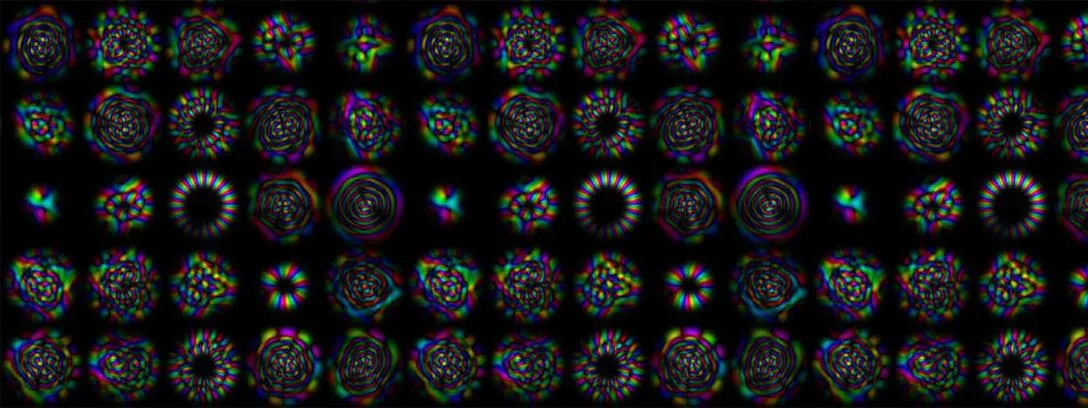
The implications of Bell's theorem – is nature nonlocal?
Bell's theorem does not imply that nature is nonlocal. Neither does it imply that properties of quantum objects aren't “real”, that is, that they do not exist prior to measurement. Bell's theorem and its experimental validation only allows us to say that quantum physics is incompatible with the combination of nature being local, real, plus some other commonly accepted but implicit rules, including that of cause and effect propagating forward in time, that probability theory works as intended, and that we do not live in a ‘clockwork universe' in which everything has been predetermined since the dawn of time.
The loophole-free violation of Bell's inequality - the crowning achievement of the three Nobel Laureates' decades-long pursuit - is therefore not the final but rather the first chapter in a renewed quest into where exactly quantum physics departs so drastically from our classical intuition.
Quantum Teleportation and Star Trek
One breakthrough achievement in quantum information science was the demonstration of “quantum teleportation”. A common misconception is that this is supposed to work like the “beaming up” in Star Trek: an object, or even a human, is disassembled in one place and near-instantly reassembled in another. Quantum teleportation however works more like a tele-fax; the information contained in a quantum system is copied to an identical, remote quantum system, mediated via entanglement with a third quantum system.
A common misconception is that this might be used for faster-than-light communication. But it can't, for the “tele-fax” to succeed, the original object and the “helper” system need to be measured, and the measurement outcome needs to be communicated via a classical channel for the final quantum state to be identical to the original. The original quantum state gets destroyed in the process. While this may sound far less useful than the name implies, the ability to teleport an unknown quantum state between quantum objects has turned out to be a crucial ingredient for quantum computers.
That's all very fascinating but also pretty useless?
Research on superposition and entanglement led to the birth of quantum information, to which the Laureates have made major contributions. Quantum technology exploits these concepts in quantum computers, sensors, and communication systems with abilities that will surpass what we can do with classical physics. Quantum computers are the most exciting prospect, promising to deliver significantly faster algorithms for a range of applications including in drug research for health care, material design, or in simulating other quantum systems. Small scale quantum computers can already be accessed in the cloud, and high-school students have started learning how to programme them and compete in quantum “hackathons”. Quantum communication can provide unbreakable cybersecurity and is already available commercially. Quantum-enhanced sensors achieve higher precision, they are about to be deployed for resource exploration, and have contributed to the LIGO experiment which searches the cosmos for gravitational waves.
Quantum theory is insanely hard to understand
A classic quote (usually attributed to Richard Feynman, but in this form more likely paraphrasing Niels Bohr) surmises that, ‘If you think you understand quantum mechanics, you don't understand it'. This view is widely held in public; quantum physics is supposedly impossible to understand, including by physicists. From a 21st century perspective, quantum physics is neither mathematically nor conceptually particularly difficult. We understand it extremely well, to a point where we can predict quantum phenomena with high precision, simulate highly complex quantum systems, and even start to build quantum computers.
Superposition and entanglement, when explained in the language of quantum information, requires no more than high-school mathematics. Bell's theorem doesn't require any quantum physics at all, it can be derived in a few lines, using probability theory and linear algebra. Where the true difficulty lies, perhaps, is in the combination of understanding the quantum formalism, the non-intuitive nature of quantum, and the still unanswered questions of the “why” of it all, that is, how to reconcile quantum physics with our intuitive reality.
Not having all the answers won't stop us from making further progress with quantum technology - we can simply adopt the surprisingly popular “shut up and calculate” interpretation. Fortunately for humanity, Aspect, Clauser, and Zeilinger refused to shut up and kept asking “why?”.
More about these authors
See moreMehul has led pioneering research on high-dimensional quantum states of light and their application in enhancing quantum technologies. He has authored more than 55 articles in leading international journals, with eight ranked in the top 1% of the field of Physics.
See moreDr Alessandro Fedrizzi joined Heriot-Watt University in September 2015 as an Associate Professor. He currently holds an EPSRC Early Career Quantum Technology Fellowship. Prior to moving to Heriot-Watt he spent seven years—including three on a ARC Discovery Early Career Award—as a research fellow with Andrew White at the University of Queensland, Australia. Dr Fedrizzi completed his PhD in 2008 under the auspices of Anton Zeilinger at the Institute for Quantum Optics and Quantum Information in Vienna.
